History of Door Escutcheons
As humans have evolved, so have their needs and preferences. One such preference is the idea of privacy, which led to the invention of doors and, subsequently, door handles. However, as doors gained popularity, the need for ornamental fixtures grew too. Here enters door escutcheons, the decorative plates that surrounded the keyhole and the handle of the door. They have been around for centuries, and their history is a fascinating one.

The Origins:
The word "escutcheon" is derived from the Latin word "scutum," which means shield. The term was first used in the 14th century to describe a shield-shaped emblem or a coat of arms. This emblem was placed on the helmet of a knight and was used to identify him in battle. Over time, the term was adopted to refer to decorative plates that were used for various purposes, including ornamental fixtures for doors.
The earliest door escutcheons were not particularly ornate. They were small, functional plates that were used to protect the area around the keyhole from wear and tear. They were made of materials like iron, brass, and copper and were much simpler than the elaborate designs that we see today.

The Middle Ages:
In the Middle Ages, door escutcheons began to take on a more decorative role. As the art of metalworking advanced, artisans started to create more intricate designs for these fixtures. The plates were often adorned with symbols and images that were significant to the owner of the property. For example, a knight might have his family crest on the escutcheon, while a tradesman might have a symbol that represented his trade.
In some cases, door escutcheons were used to display a person's social status. The plates were made of more expensive materials like gold or silver, and the designs were often more elaborate. The size of the escutcheon was also an indicator of status. Wealthy people would often have larger plates than those of lower status.

The Renaissance:
During the Renaissance, door escutcheons reached their peak in terms of design and decoration. Artisans started to experiment with different materials like ivory, mother of pearl, and tortoise shell. The designs became more intricate and included more figurative elements like animals, flowers, and human figures.
One popular style during this period was the "escutcheon of pretense." This design featured the combined coat of arms of a married couple, with the husband's coat of arms on the left and the wife's on the right. This design became popular in the 16th century and was used throughout Europe.

The Industrial Revolution:
With the advent of the Industrial Revolution, door escutcheons became more accessible to the general population. Mass production techniques meant that they could be produced more quickly and at a lower cost. This led to a decline in the quality of the materials used, and the designs became simpler.
However, there were still artisans who continued to create elaborate door escutcheons. In the Victorian era, for example, designs featured naturalistic elements like leaves and flowers. The plates were often made of brass or bronze and were decorated with enamel or precious stones.

The Twentieth Century:
In the early twentieth century, door escutcheons underwent a significant change in design. Art Deco and Art Nouveau styles became popular, and designers started to incorporate these elements into their work. The plates became more modern and abstract, featuring geometric shapes and bold colors.
The mid-twentieth century saw a decline in the popularity of door escutcheons. Home design became more minimalistic, and many people opted for simpler, more functional door handles. However, there were still designers who continued to create elaborate pieces that were more like works of art than functional fixtures.

The Present Day:
In recent years, there has been a resurgence of interest in door escutcheons. With the popularity of vintage and antique decor, many people are looking for unique pieces to incorporate into their homes. There are also designers who are creating modern takes on the traditional door escutcheon.
Today, door escutcheons can be found in a wide range of styles, from the simple and functional to the elaborate and ornate. They are made from a variety of materials, including brass, bronze, and stainless steel, and can be custom designed to fit any style or taste.

Door escutcheons have a long and fascinating history that spans hundreds of years. They have evolved from simple, functional pieces to elaborate works of art. Although their popularity has waxed and waned over the centuries, they continue to be a popular choice for those who want to add a unique touch to their home decor. Whether you prefer a traditional design or a modern take on this classic fixture, there is a door escutcheon to suit any taste.




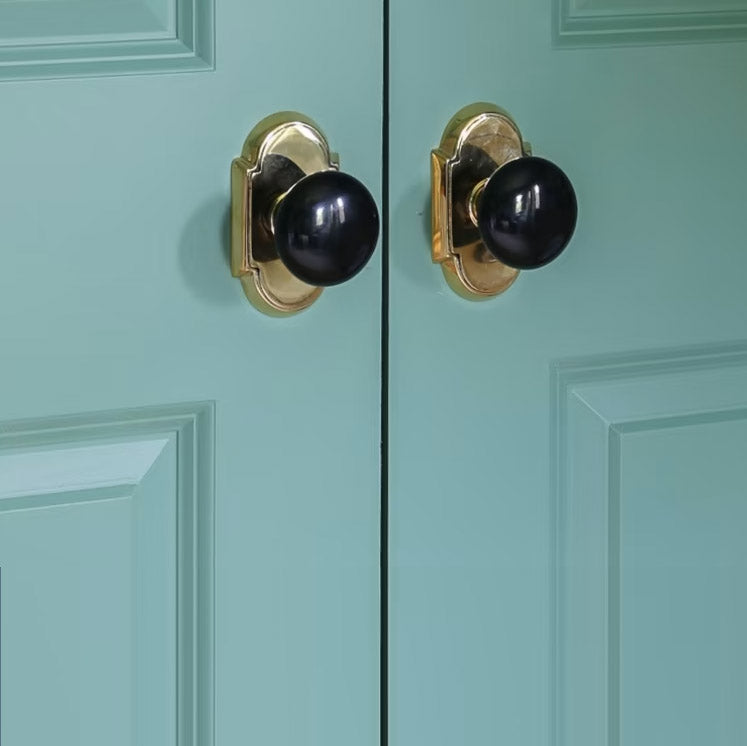
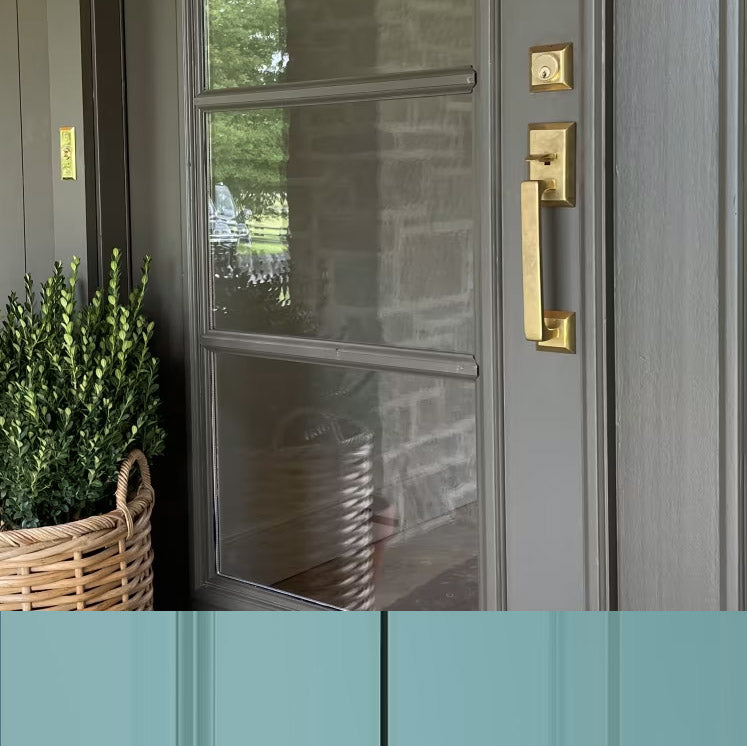
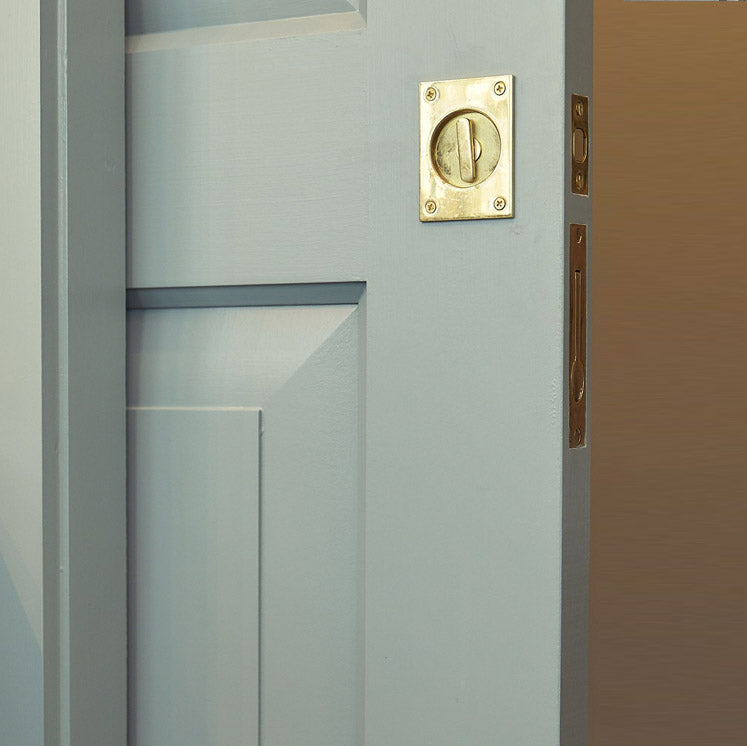

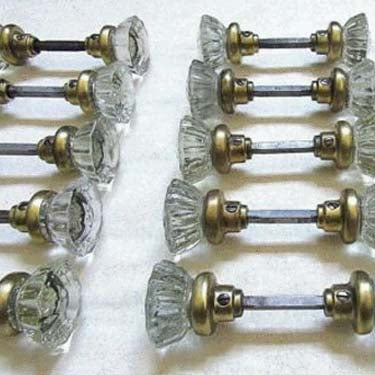

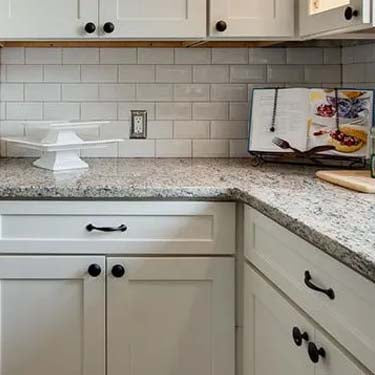


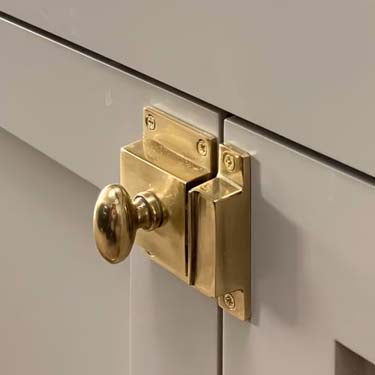
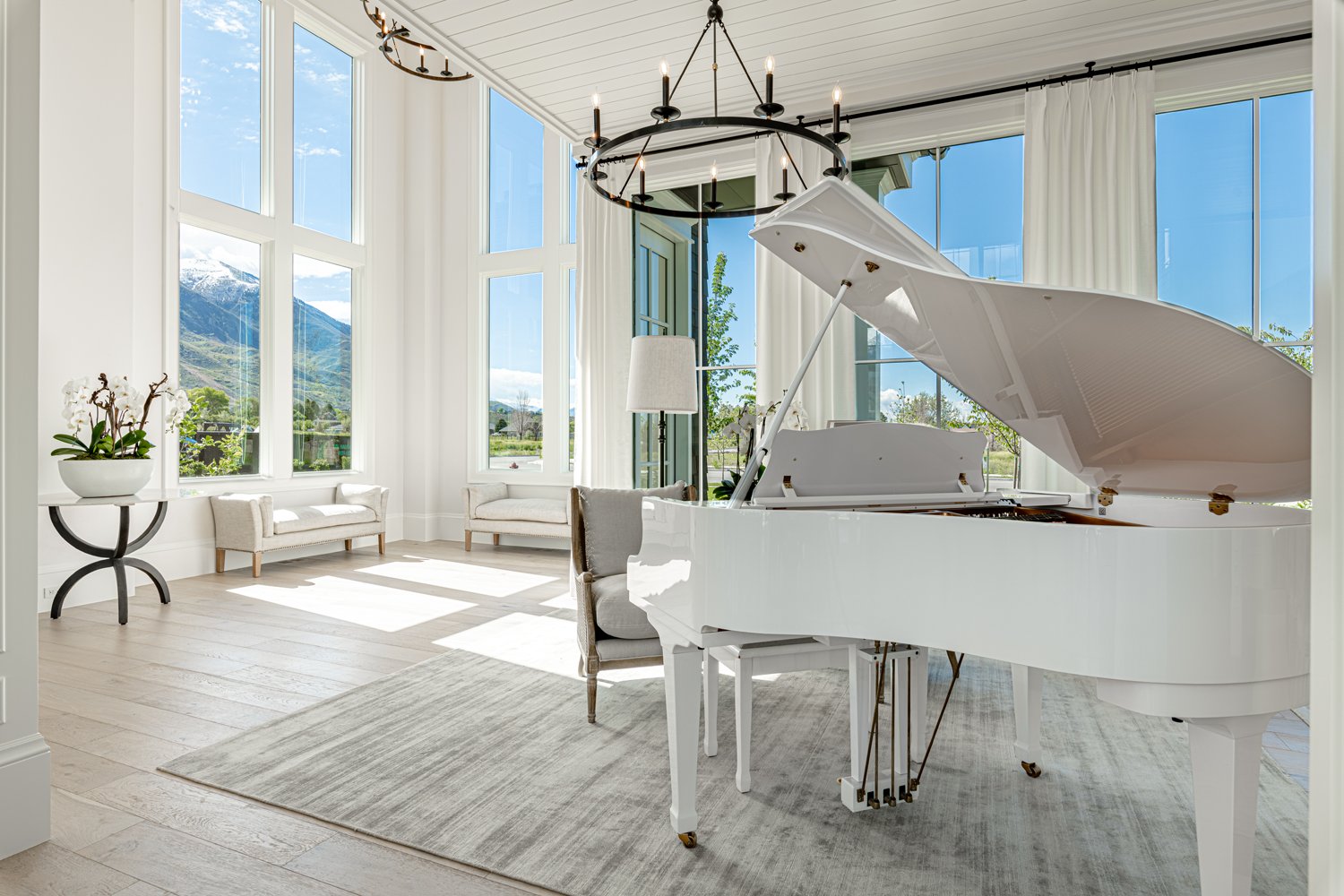
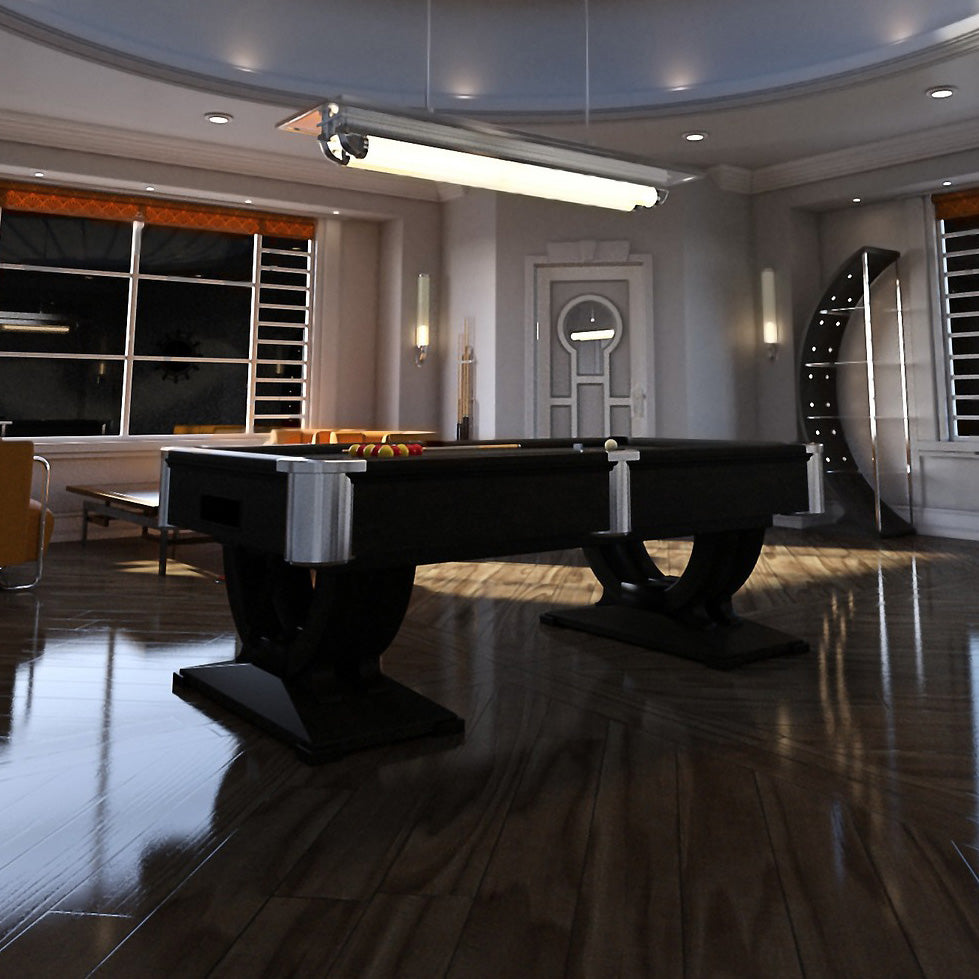
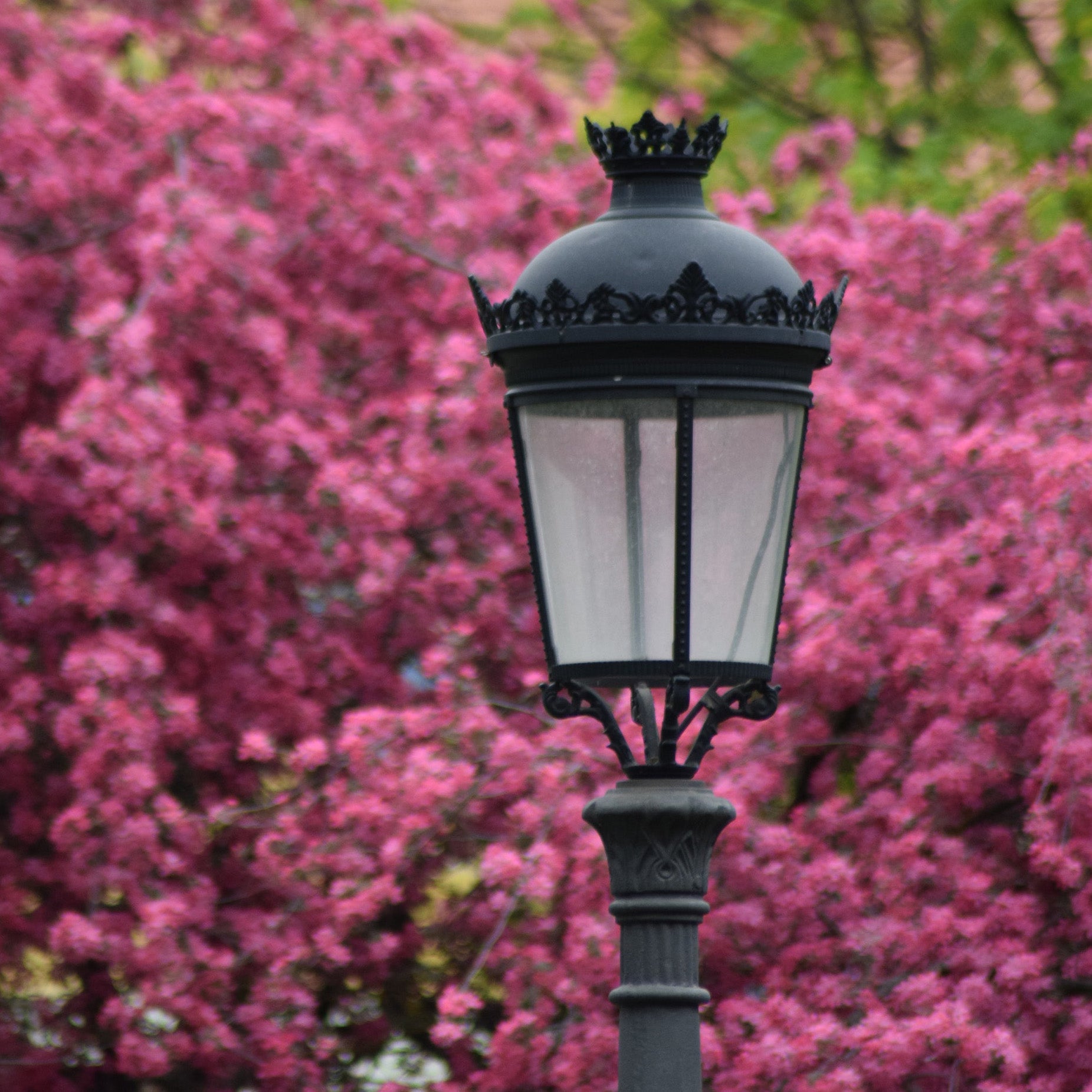

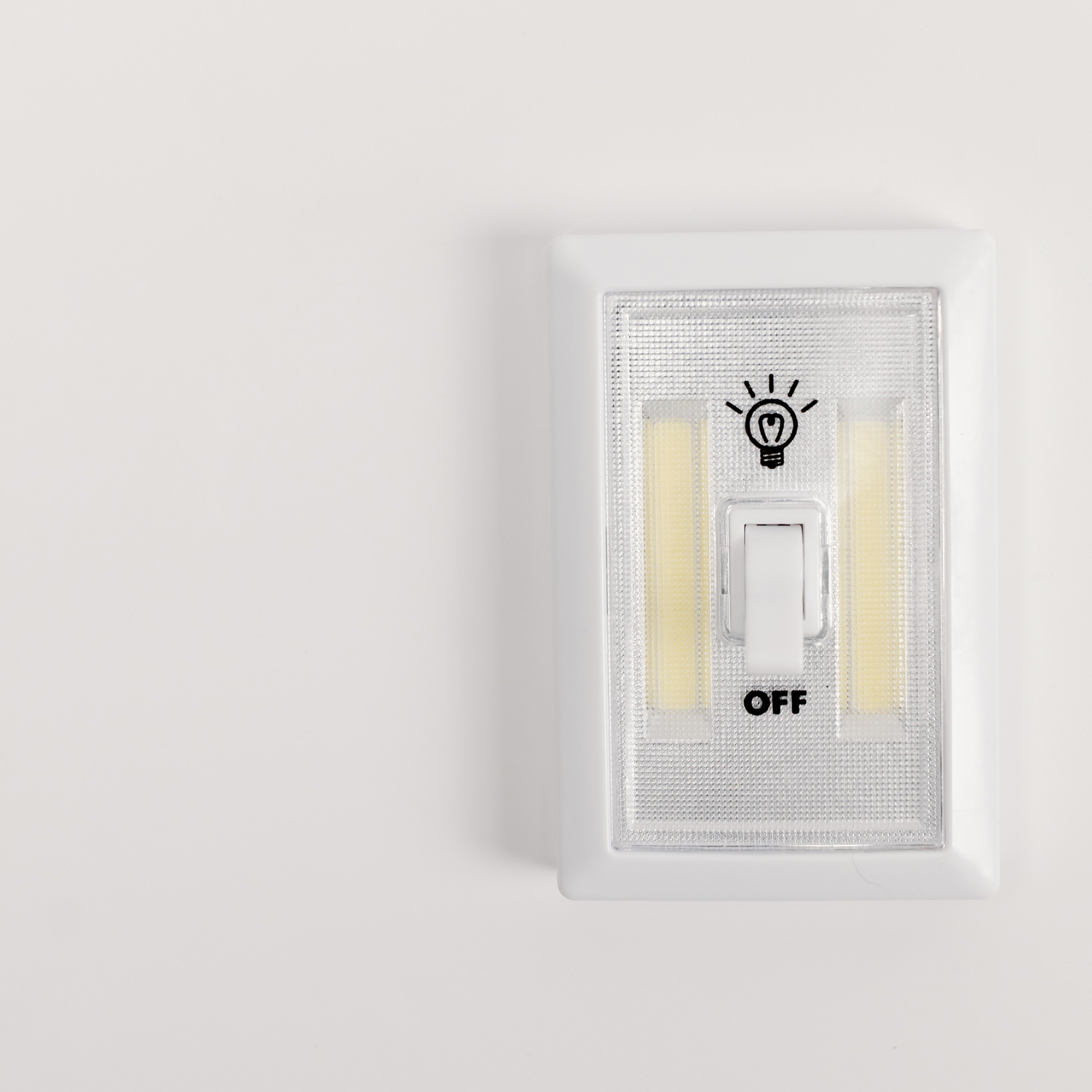
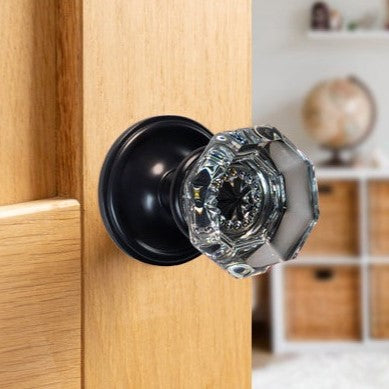

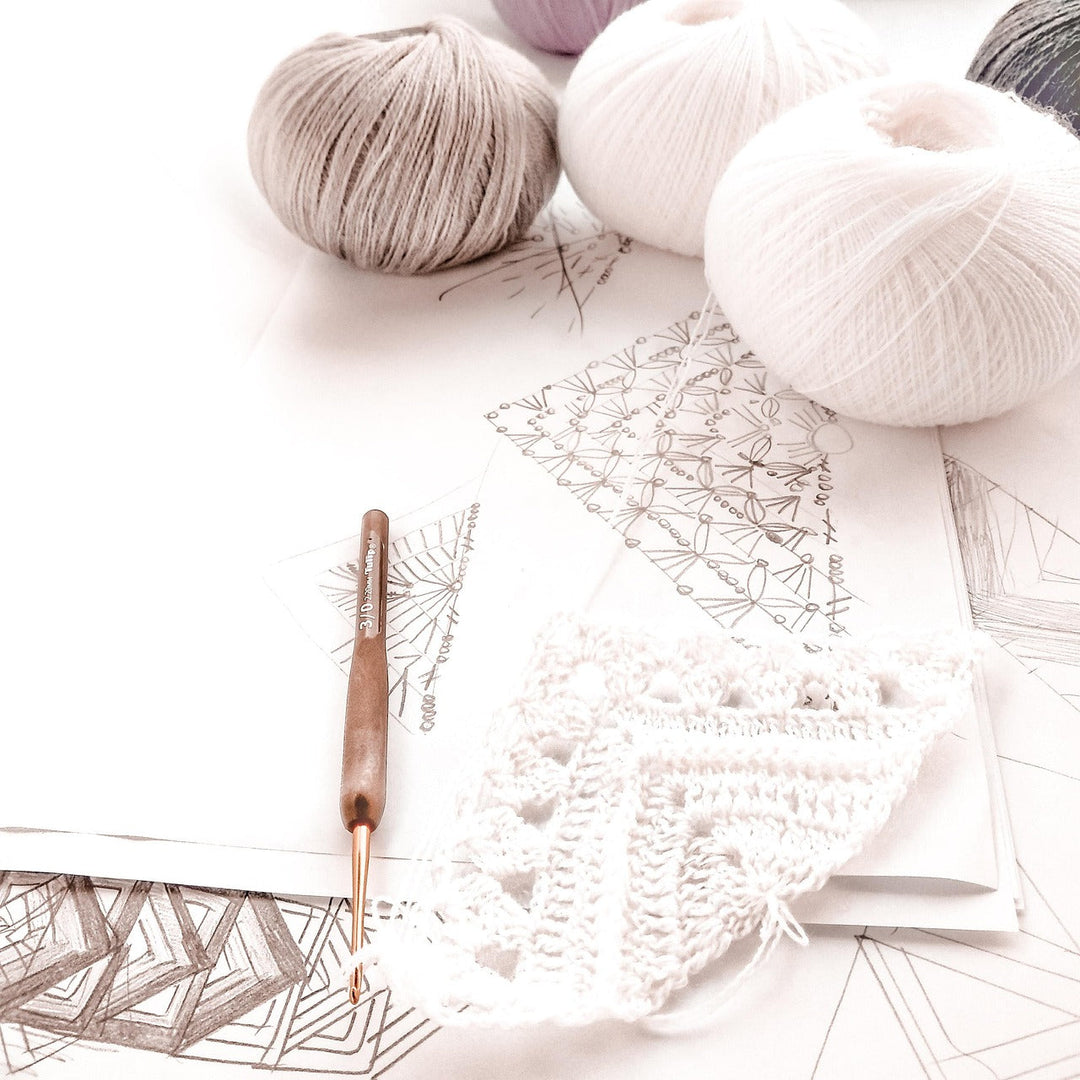
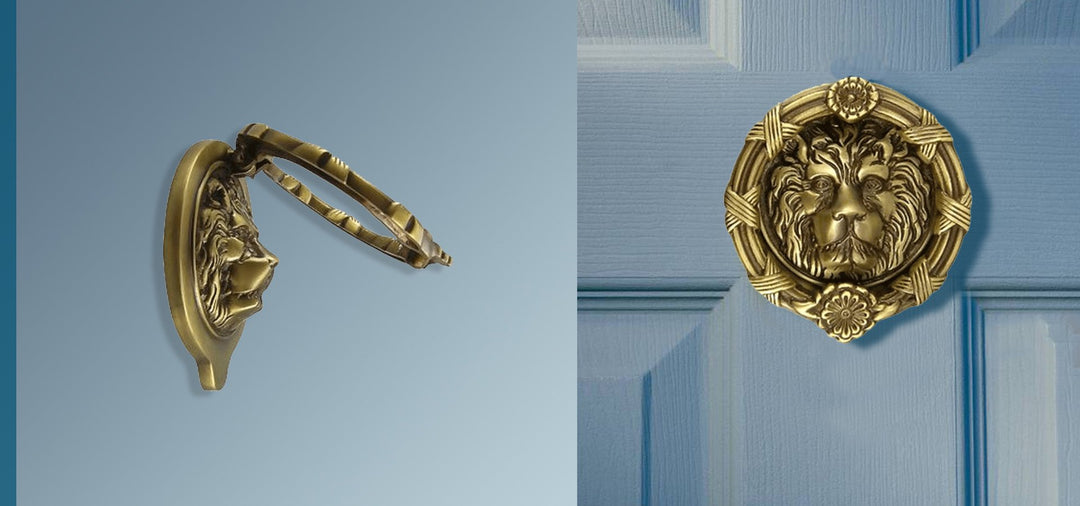
Leave a comment